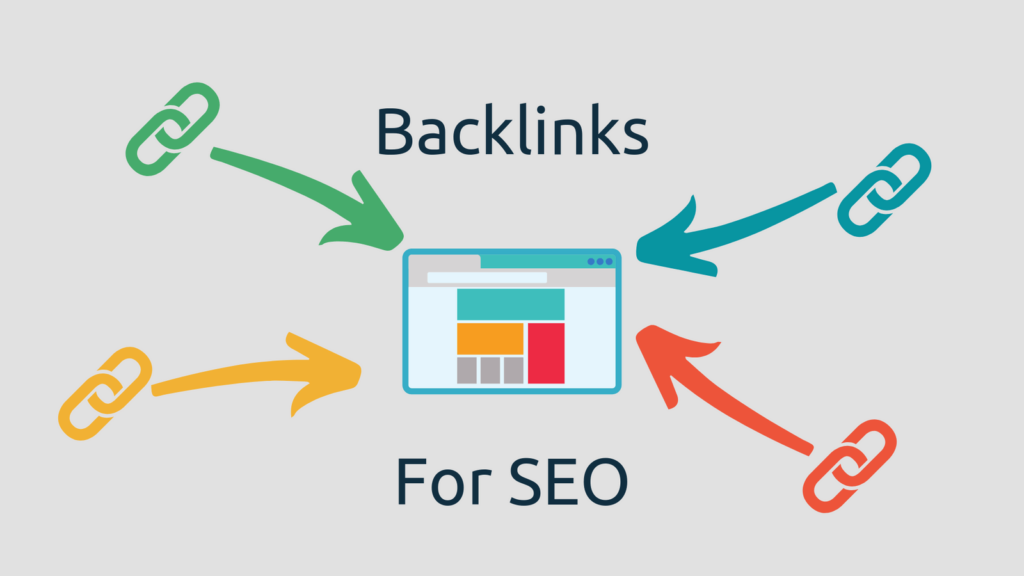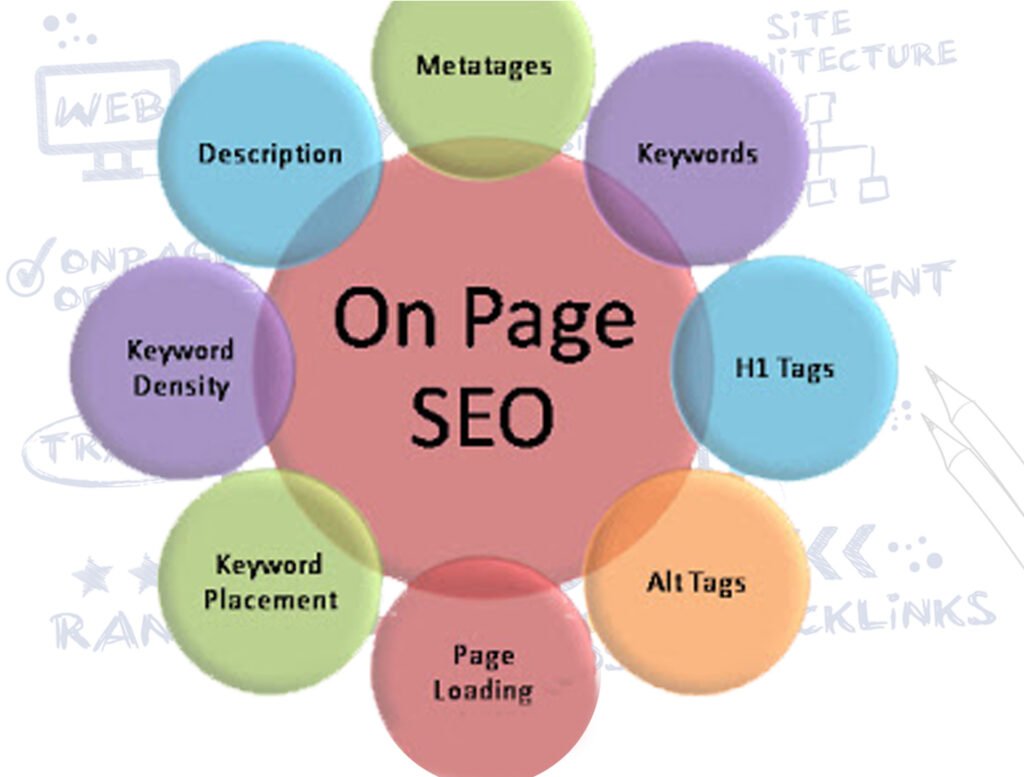What are backlinks, why they important for backlink for SEO?
What are Backlinks? Backlink for seo, also known as inbound links or incoming links, are links from one website to another. In simpler terms, when a website links to another website, it creates a backlink to that second site. These backlinks serve as a signal to search engines that the content is credible, trustworthy, and valuable enough for others to reference Example of a Backlink: Website A writes an article about SEO and includes a link to a relevant article on Website B. Website B has now gained a backlink from Website A. Importance of Backlink for SEO Backlinks for seo play a crucial role in search engine optimization (SEO) for the following reasons: 1. Improves Search Engine Rankings Backlinks act as votes of confidence from other websites. Search engines like Google view backlinks as a measure of the quality and relevance of a website. The more high-quality backlinks a page has, the higher it is likely to rank in search engine results pages (SERPs). How it works: If multiple reputable websites link to a specific page, search engines interpret that the content is valuable, thus improving that page’s ranking. 2. Helps in Indexing New Pages When search engines crawl websites, backlinks help them discover new pages. Search engines use backlinks to understand how pages are connected, helping them to index pages more quickly. How it works: If a newly published page on your site gets backlinks from other sites, search engines are more likely to find and index the page sooner. 3. Increases Website Traffic Backlink for seo serve as pathways for visitors to navigate from one site to another. If you have backlinks from high-traffic websites, users are more likely to click through to your website, boosting organic traffic. How it works: When a popular blog or news website links to your site, visitors may click on the link to learn more, driving direct traffic to your website. 4. Builds Authority and Trustworthiness When reputable websites link to yours, it signals to search engines that your website is an authority in its niche. This can enhance your site’s credibility, especially if the backlinks come from well-known and trusted sources. How it works: If a top-tier website like Forbes or BBC links to your site, it adds a layer of trustworthiness to your content. 5. Enhances Brand Exposure and Recognition Getting backlinks from high-authority websites exposes your brand to a wider audience, building awareness and trust over time. How it works: If authoritative blogs or websitesback link for seo to your content, users may become familiar with your brand, improving recognition. Types of Backlinks 1. Dofollow Backlinks These are backlinks that pass on SEO authority (often called “link juice”) from the linking website to the linked website. Dofollow links are valuable because they improve rankings. 2. Nofollow Backlinks These links tell search engines not to pass any link authority. Nofollow links don’t directly impact SEO, but they can still drive traffic. Key Factors that Determine the Quality of a Backlink for seo Not all backlinks are created equal. Here are some factors that determine a high-quality backlink: 1. Relevance A backlink from a website that’s relevant to your niche is more valuable than one from a random, unrelated website. Search engines prioritize links from sites that share the same or related topics. 2. Authority of the Linking Domain The credibility of the site linking to you matters a lot. Links from authoritative sites (e.g., well-known blogs or news organizations) carry more weight. 3. Anchor Text Anchor text is the clickable text of a backlink. SEO best practices encourage using relevant keywords in the anchor text, as this helps search engines understand the context of the backlink for seo. 4. Placement of the Link Backlinks embedded within the content (as opposed to footers or sidebars) tend to be more valuable. Conclusion In summary, backlinks are essential in the world of SEO as they: Signal trust and credibility to search engines. Help with better indexing and discovery. Drive traffic to your website. Boost rankings when obtained from high-authority, relevant websites. By building a strategy to earn quality backlinks, you can improve your site’s visibility and long-term SEO success.
What are backlinks, why they important for backlink for SEO? Read More »


